Brass or Not? The Ultimate Guide to Whether a Flute is a Brass Instrument
Best
Student Flute
JFL700EC Flute PLAY WITH COMFORT & GREAT SOUND
-
Overall: Has a wider riser angle for embouchure comfort
-
Best Feature: With a sterling silver metal plate for added warmth and projection
-
TedScore™: 8/10
Best
Overall Flute
-
Overall: Delivers a responsive sound with superb intonation
-
Best Feature: With a well-built and durable nickel silver body for producing a clear, rich, and good tone
-
TedScore™: 8.5/10
Best
Budget Flute
-
Overall: With offset G keys and a split E mechanism to aid in intuitive playing
-
Best Feature: Its embouchure hole is over-cut and under-cut by hand to provide optimal performance
-
TedScore™: 7/10

Ah, the age-old question that has puzzled musicians and music enthusiasts for generations. Is a flute a brass instrument?
Some say yes, some say no, and others shrug their shoulders in confusion.
I say… no!!!
But what if I told you that the answer to this question is not as straightforward as you may think?
What if I told you that there’s a secret, a mystery that lies at the heart of this debate?
If you want to uncover the truth and unlock the secrets of the musical universe, then join me on this journey of discovery.
Let’s find out once and for all: is a flute a brass instrument?
Understanding the Flute
The flute belongs to a family of musical instruments that produce sound by blowing air across an opening rather than using a reed.
Most woodwind instruments, like clarinets, saxophones and flutes, are made from either wood or metal.
The flute comprises three main parts: the head joint, the body, and the foot joint.
The head joint is where the player blows into the flute, and it contains the embouchure hole, where the player shapes their lips to produce the sound.
The flute’s body is where the player covers and uncovers the finger holes to change the instrument’s pitch.
The foot joint is an optional part of the flute that extends the length of the instrument, allowing it to play lower notes.
The flute is a transverse instrument, which means it’s played horizontally rather than vertically like a recorder.
It has a cylindrical bore, which means that the inside of the instrument is shaped like a tube.
The flute is a versatile instrument that can play various notes.
It’s an orchestra member often used to play melodies and solos.

Origins and Evolution of the Flute

The flute is one of the oldest musical instruments in the world, with its origins dating back to prehistoric times.
The oldest known flute, discovered in the Hohle Fels cave in Germany, is believed to be over 40,000 years old. This ancient instrument was made from a vulture bone with five finger holes.
Over time, the flute evolved and was used in different cultures worldwide. In India, the bamboo flute, the bansuri, has been played for thousands of years. It’s used in classical, folk, and devotional music.
In Africa, the flute was used in traditional music and was often made from wood or animal horns. In Japan, the shakuhachi is a type of bamboo flute that has been used in Zen Buddhism for centuries.
In Paris in the 1700s, instrument maker Theobald Boehm developed the modern flute as we know it today. He added metal keys and a complex mechanism allowing greater range and control over the instrument.
In Germany, the flute was used in classical music and was often made from wood or metal. The German flute maker Johann Joachim Quantz wrote a famous treatise on playing the flute in the 1700s, which is still studied by flutists today.
Today, the flute is used in various musical genres, from classical to jazz to pop. It’s a versatile instrument that has continued evolving and adapting.
Understanding Brass Instruments

Brass instruments are a family of musical instruments that produce sound by vibrating the player’s lips against a cup- or funnel-shaped mouthpiece.
This vibration creates a stream of air that resonates in a tubular instrument, producing a buzzing sound.
The most common brass instruments include the trumpet, trombone, French horn, and tuba. These instruments are typically made of brass or other metal and have either slides or valves to change the length of the tubing and produce different pitches.
One of the defining characteristics of brass instruments is their dynamic range. They can produce both soft, mellow sounds and loud, powerful sounds. This range is achieved through the player’s airflow and buzzing control.
Is a Flute a Brass Instrument?
The answer is no if you’re wondering whether a flute is a brass instrument.
A flute is a woodwind instrument, despite not being made of wood.
Flutes are made of metal but belong to the same woodwind family because they produce sound by vibrating air inside a tube.

Woodwind instruments are divided into two categories: flutes and reed instruments. Flutes are played by blowing air across a hole in the instrument, while reed instruments are played by blowing air through a reed.
Flutes are further classified as either transverse flutes or end-blown flutes. The transverse flute, which most people think of when they hear the word “flute,” is held horizontally and played by blowing across the embouchure hole.
Flute Variations
Around the World
If you thought the flute was just one type of instrument, think again! The flute has many variations worldwide, each with its unique sound and history.
One of the most well-known flutes is the end-blown flute, played by blowing across the instrument’s top.
This type of flute is popular in many different countries, including Japan, where it’s known as the shakuhachi.
The shakuhachi has a haunting, breathy sound often used in traditional Japanese music.
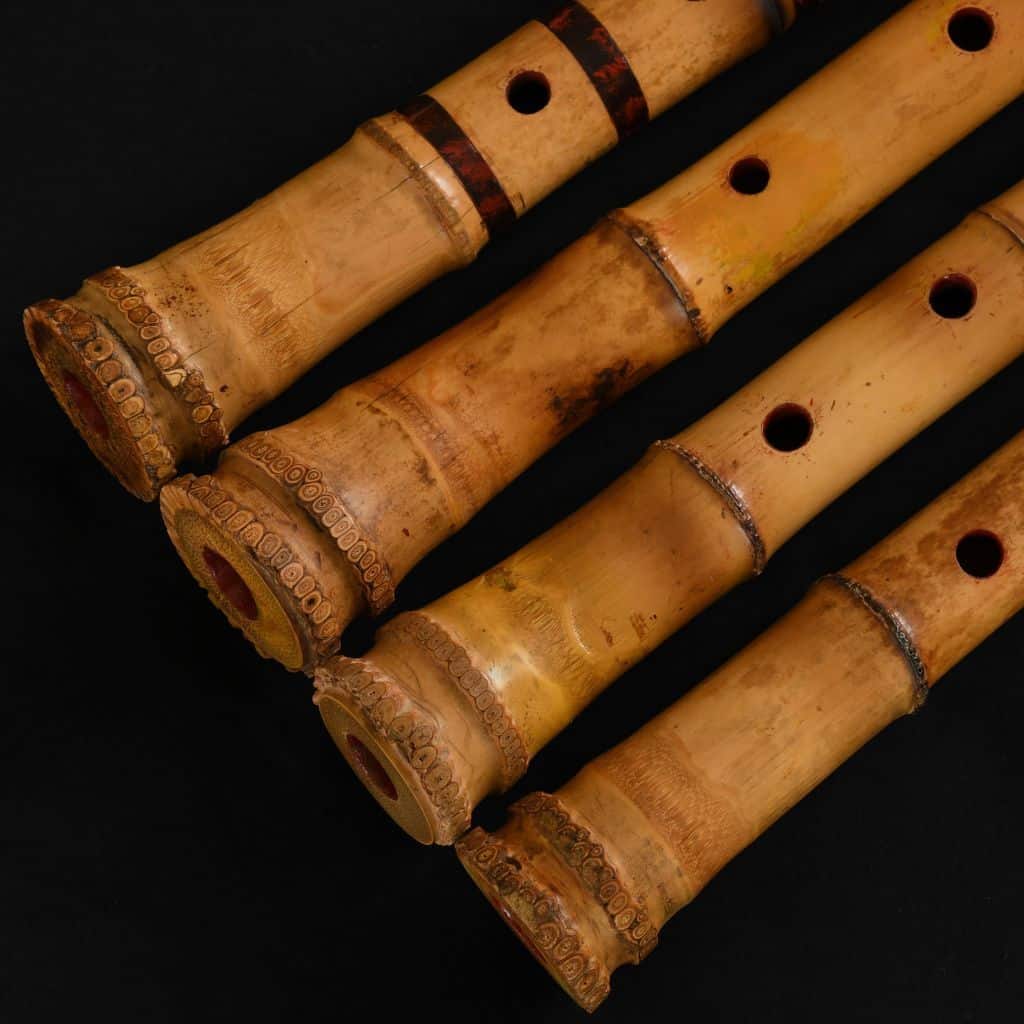
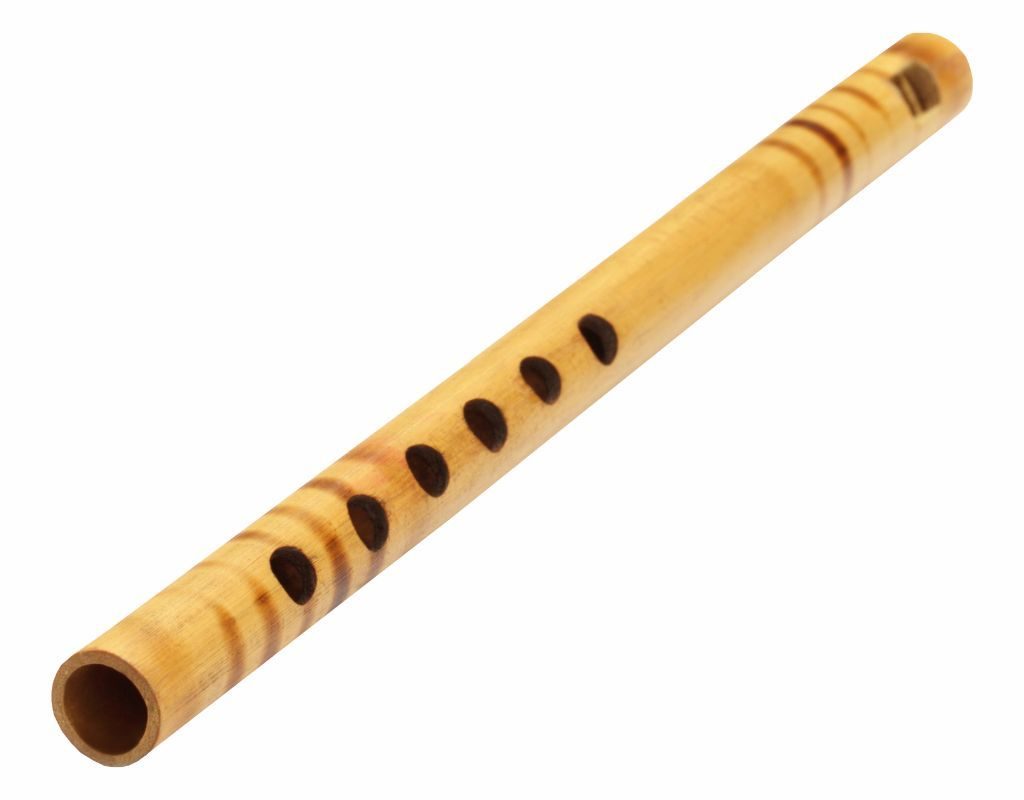
Another type of flute that you might not have heard of is the nose flute. As the name suggests, this flute is played by blowing air through your nose.
Nose flutes are found in many different cultures worldwide, including Hawaii and New Zealand.
If you’ve ever played the recorder in school, you’ve played a type of flute!
The recorder is a type of flute often used in classical music.
It has a bright, clear sound, perfect for playing melodies.
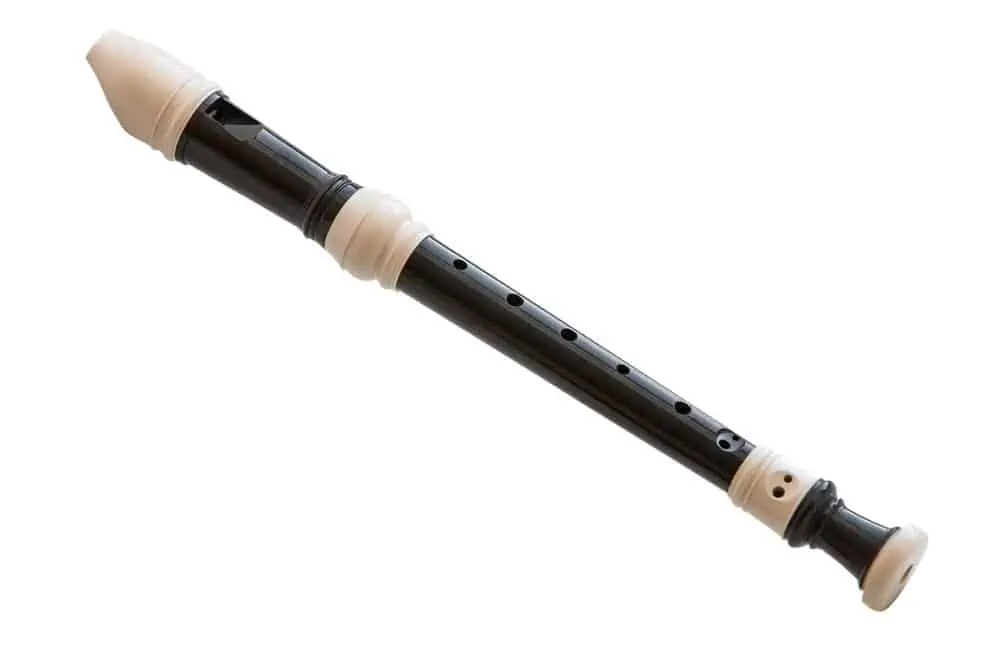

In India, the flute is a very important instrument in classical music.
The Indian flute, also known as the bansuri, is made of bamboo and has a warm, mellow sound.
It’s often used to accompany singers and other instruments.
If you’re looking for a richer sound, you might want to try playing the bass flute.
The bass flute is larger than a regular flute and has a lower range.
It’s often used in jazz and other types of music where a deeper sound is needed.
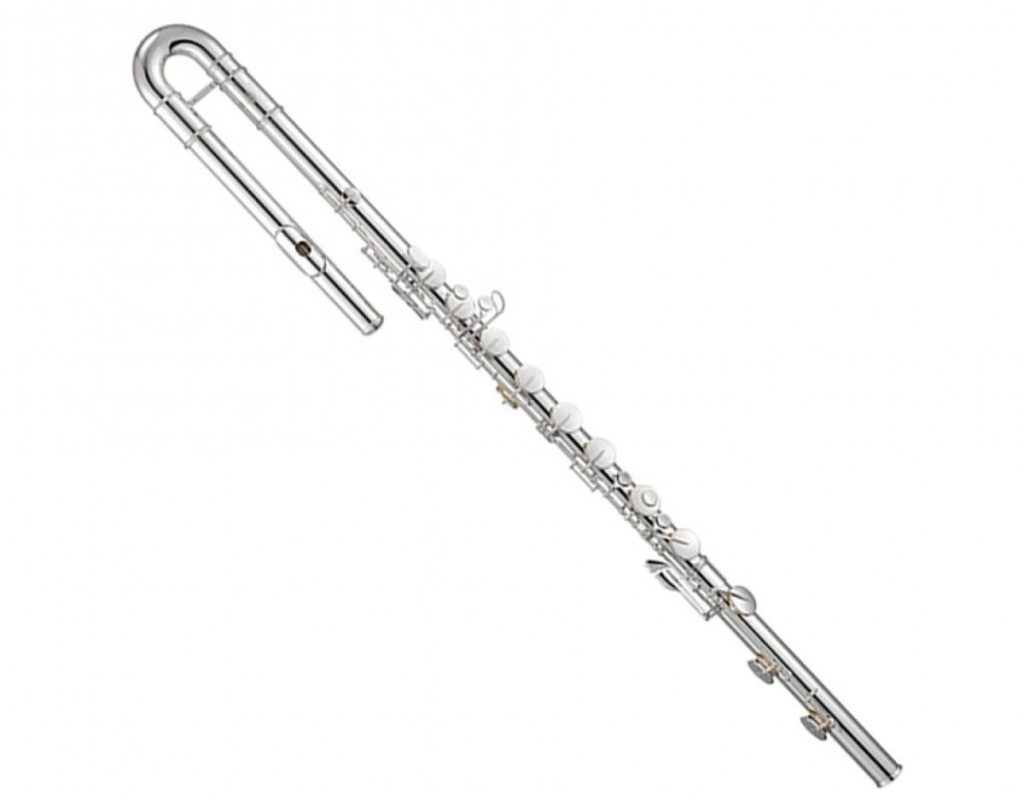
Top 3 Flutes For Beginners
Yamaha YFL222

PERFECT FOR: student players
FEATURES: Delivers a responsive sound with superb intonation
OTHER INFO: With a well-built and durable nickel silver body for producing a clear, rich, and good tone
Yamaha YFL222
- The offset G allows a more natural hand shape for comfort
- Ideal for students seeking to develop their skills
- Includes a maintenance kit, hard flute case and soft cover
- Relatively expensive compared to other student flutes
When you click ‘Check Price’, you’ll see there are loads of great places to buy this item. Our personal favorite is Sweetwater for the US, and Thomann and Gear4Music for the UK & Europe.
They are the largest music retailers, with excellent customer service, competitive prices, really fast shipping, and the longest guarantees.
The professional musician who wrote this article combined many things,
from the product build, manufacturer’s reputation through to feedback
from other users, to create our famous TedScore™.
Jupiter JFL700EC Flute
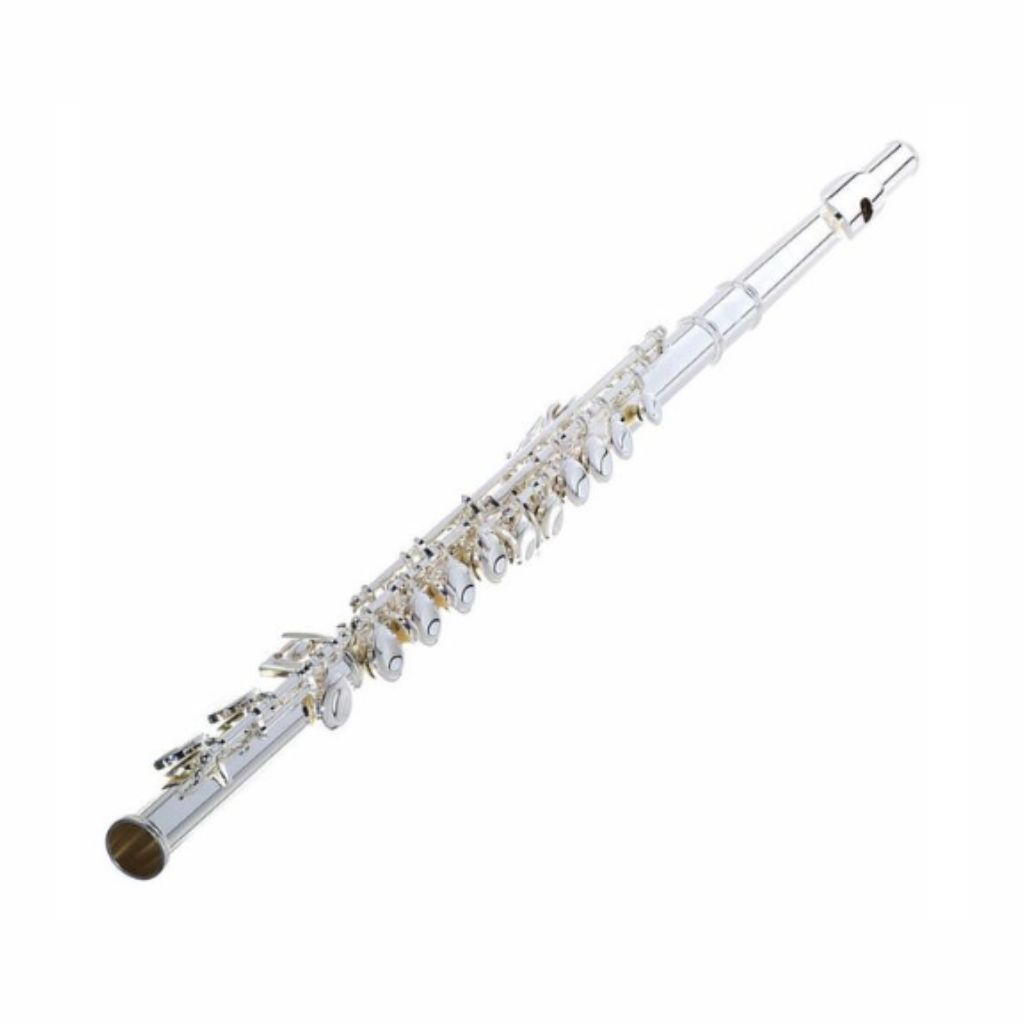
FEATURES: Has a wider riser angle for embouchure comfort
OTHER INFO: With a sterling silver metal plate for added warmth and projection
- Offers effortless high notes with a split E mechanism and offset G
- Allows you the satisfaction of great sound quality and a comfortable instrument
- Includes a French case and cover, so you're ready to travel
- Relatively heavy compared to other student instruments
When you click ‘Check Price’, you’ll see there are loads of great places to buy this item. Our personal favorite is Sweetwater for the US, and Thomann and Gear4Music for the UK & Europe.
They are the largest music retailers, with excellent customer service, competitive prices, really fast shipping, and the longest guarantees.
The professional musician who wrote this article combined many things,
from the product build, manufacturer’s reputation through to feedback
from other users, to create our famous TedScore™.
Trevor James TJ5X

PERFECT FOR: beginners and student players
FEATURES: With offset G keys and a split E mechanism to aid in intuitive playing
OTHER INFO: Has a nickel-silver body that generates a bright yet powerful sound
Trevor James TJ5X
- Its embouchure hole is over-cut and under-cut by hand to provide optimal performance
- Affordable and budget-friendly for starters
- Resistant to corrosion and other moisture-related issues
- Comes in a purple-lined wooden case with a black, fleece-lined case cover
- You may find better sound quality and intonation with more high-quality models
When you click ‘Check Price’, you’ll see there are loads of great places to buy this item. Our personal favorite is Sweetwater for the US, and Thomann and Gear4Music for the UK & Europe.
They are the largest music retailers, with excellent customer service, competitive prices, really fast shipping, and the longest guarantees.
The professional musician who wrote this article combined many things,
from the product build, manufacturer’s reputation through to feedback
from other users, to create our famous TedScore™.
Is A Flute A Brass Instrument:
Key Takeaways
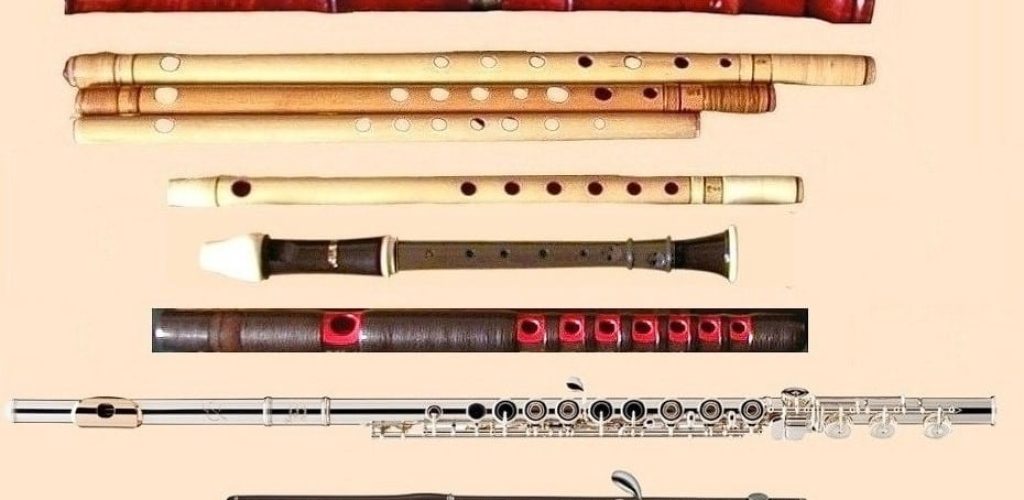
So, is a flute a brass instrument? Well, it’s not as simple as a yes or no answer.
While some may argue that flutes are made of metal and therefore fall under the brass category, they belong to the woodwind family because they produce sound.
But let’s be real. This isn’t just some boring classification debate. It’s a wild ride through the wacky musical instruments and sound production world.
So, whether you’re a music buff or just a curious cat, we hope you’ve had a blast exploring this topic with us. Keep on jamming!
Wait, there’s more!!!
Are you ready to discover the ultimate flute to take your musical journey to the next level? Check out this next article!
FAQ's
A flute is a woodwind instrument that produces sound by blowing air across a mouthpiece and through a hollow tube. Unlike brass instruments, which produce sound through the vibration of the player’s lips against a mouthpiece, flutes produce sound but do not rely on the player’s embouchure to create sound.
A flute belongs to the woodwind family of musical instruments, along with other instruments such as clarinets, saxophones, and oboes. Woodwind instruments produce sound by blowing air across a mouthpiece and through a hollow tube.










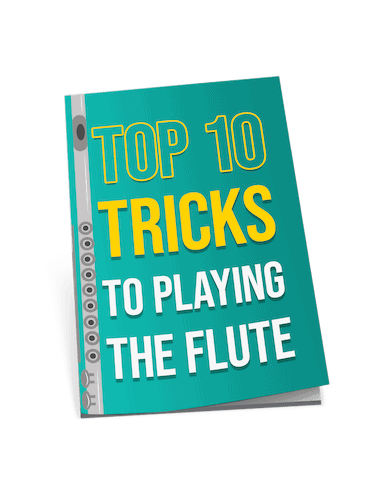

The historical context provided about flutes being one of the oldest musical instruments was particularly fascinating. It highlights the evolution of music through ages and cultures. However, I’m inclined to ask if there’s a more detailed exploration available regarding the transition from simple bone flutes to modern silver or gold alloys in flute making. The technical and material evolution must be as intriguing as the musical itself.
If flutes ain’t brass, does that mean I can’t join the brass band with my tin whistle? Asking for a friend, haha.
I’m curious about the variations of flutes around the world you mentioned. I’ve only ever seen concert flutes and a few traditional ones in movies. Could you give more examples, maybe the ones that are easiest for beginners to try out? By the way, mentioning the Yamaha YFL222 caught my eye; heard it’s a great starter flute!
Always thought flutes were in the brass family because of the marching bands. Lol, guess I was way off. Nice breakdown, Chloë.
Yeah, common misconception! Marching bands just group them together for formation. Woodwinds and brass are pretty different.